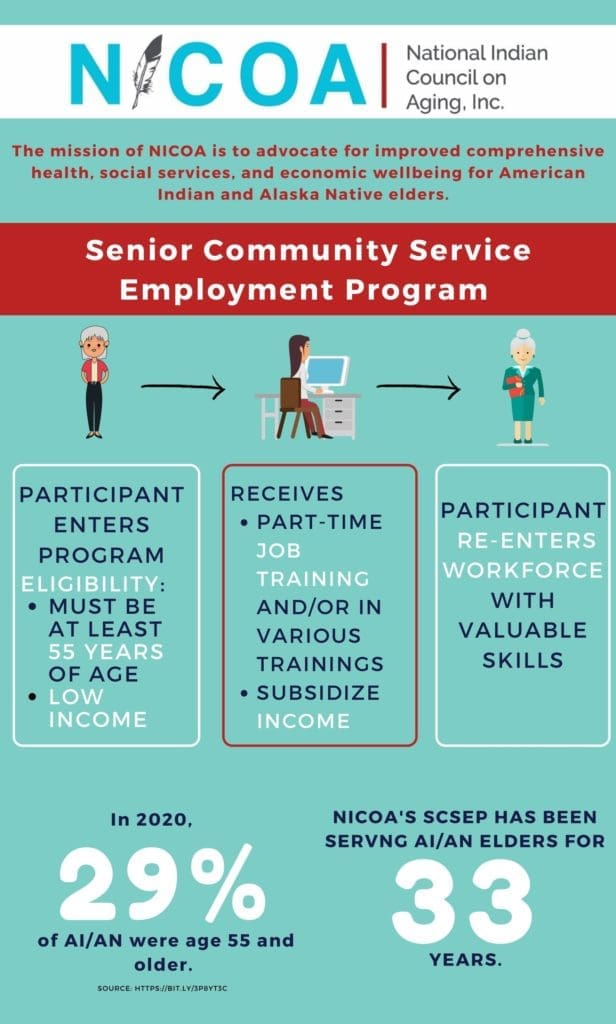The U.S. workforce is undergoing a dramatic demographic shift. The average age of the population is rising, and the composition of the workforce with it. It is estimated that workers 55 and over now make up 25 percent of the labor force — up from 13 percent in 2000, according to the U.S. Department of Labor.
The U.S. workforce is undergoing a dramatic demographic shift. The average age of the population is rising, and the composition of the workforce with it. It is estimated that workers 55 and over now make up 25 percent of the labor force — up from 13 percent in 2000, according to the U.S. Department of Labor.
In addition, as life expectancies grow, education increases, retirement plans shrink and Social Security is cut, individual workers are remaining in the workforce longer and retiring later. The number of workers over the traditional retirement age of 65 is increasing, and it’s estimated that they now make up more than 7 percent of the American labor force. The U.S. Bureau of Labor Statistics estimates that 23.3 percent of elders over age 65 are expected to continue working in 2028, compared with 12 percent in 1998.
The economic benefit of elder workers boosts the national economy because individuals are more likely to have the finances to cover expenses longer and continue to pay taxes. Also, elder workers represent a great opportunity to employers. Employers rate elder workers high in judgment, commitment to quality, attendance, and punctuality.
National Employ Older Workers Week, held annually the last week of September, recognizes the vital role of elders in the workforce and aims to increase awareness of this labor segment and develop innovative strategies to utilize it. This year, National Employ Older Workers Week takes place from September 18-24. This is a great opportunity to remind people that it’s always a great time to hire an older worker!
This year’s theme is: “Employment is Ageless.” Every worker brings a wealth of experience to the workforce at every stage of their career. “Employment is Ageless” means older workers continue to be mainstream innovators in the workforce at any age.
National Employ Older Workers Week also showcases the Senior Community Service Employment Program (SCSEP). At the National Indian Council on Aging (NICOA), we help elders find work, develop new skills and talents, and build their financial security by taking advantage of SCSEP. The program provides on-the-job skills training to individuals 55 or older with limited financial resources.
Since its inception, SCSEP has helped over 1 million elders enter the workforce. The program is the only federally funded community service and job training program focused exclusively on serving low-income elders 55 and older.
The SCSEP experience can lead to permanent employment, like Patricia Harrison, a former NICOA SCSEP participant and current Salvation Army Red Shield Kitchen employee. Watch her video below to find out how the program changed her life.
Today, NICOA administers SCSEP in seven states: Arizona, Minnesota, New Mexico, North Dakota, Oklahoma, South Dakota and Wisconsin. NICOA also serves in coordination with 17 other national grantees providing services in nearly all 3,000 U.S. counties and territories through state and national grantees.


Leave a Reply